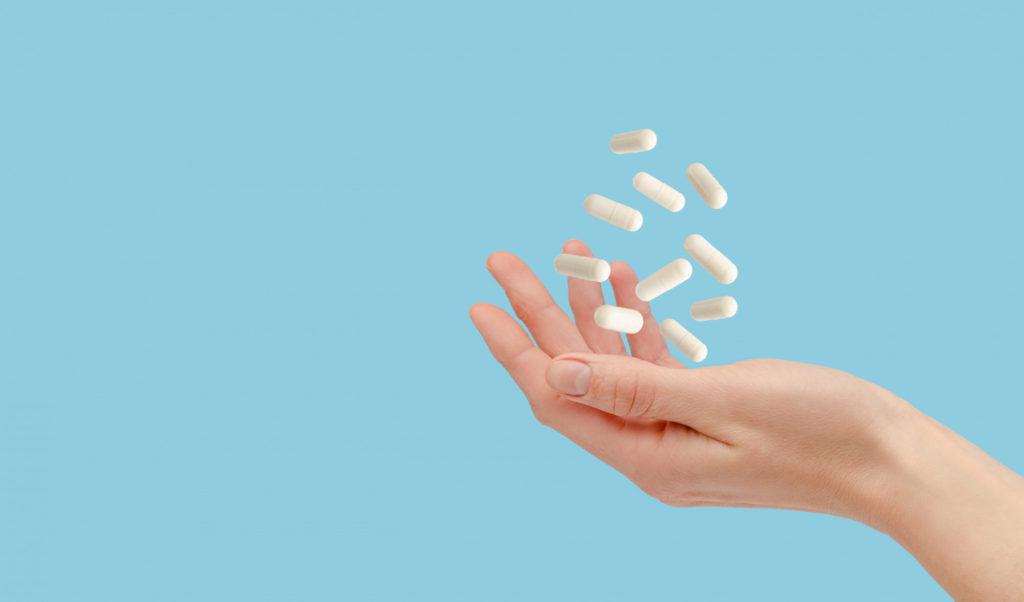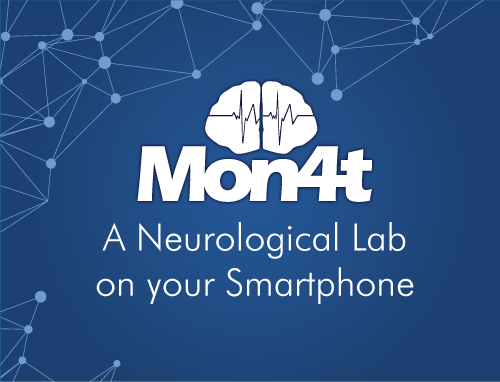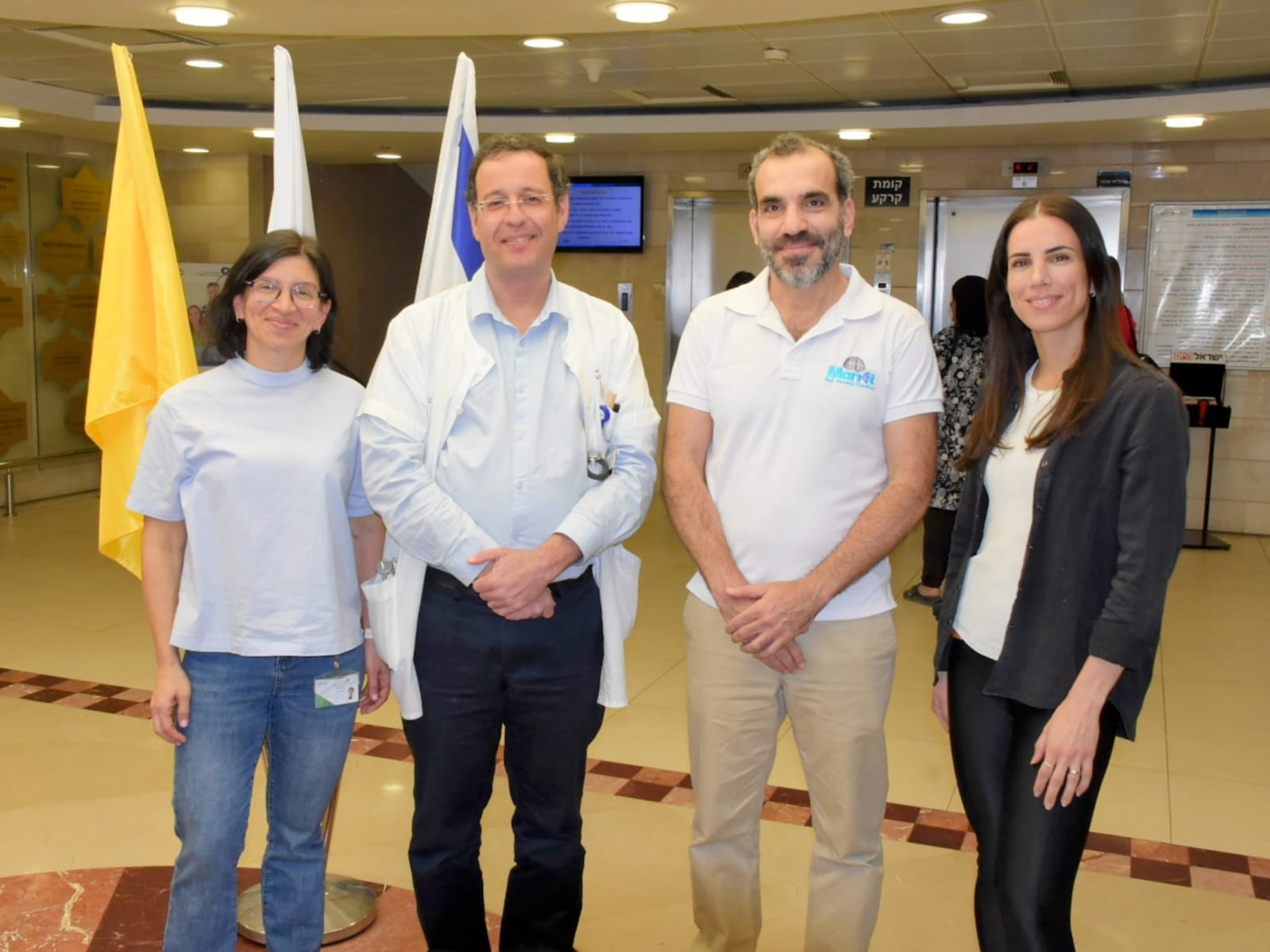As healthcare has become much more complex – new treatments, technologies, approaches to traditional healthcare – patients are often overwhelmed, and the stresses on the various national healthcare infrastructures mean that physicians aren’t always available to spend the time to provide clear guidance to their patients. Clearly, the COVID-19 pandemic has further exacerbated this.
Many pharmaceutical and medical device companies have stepped in to fill the gap – directly providing the information and guidance the patients need via patient support programs.

Based on the pharmaceutical companies’ relationships with health maintenance organizations and physicians, there are several routes to program participation – physicians, community health organizations, pharmacies, and pharmaceutical companies directly.
No matter the source of the program, once a patient joins, the programs themselves enhance doctor and patient engagement and improve patient compliance and outcomes.
Of course, the patient support programs strengthen the relationships between the patient and the pharmaceutical company’s products, increasing loyalty not only for their products but also to the brand itself – growing sales across the many of their offerings.
According to a Deloitte report, pharmaceutical and medical device companies are profiting by:
- Augmenting the therapeutic pathway to improve patient outcomes.
- Driving differentiation and building trust with patients and healthcare providers.
- Building platforms to scale the approach and optimize the cost to deliver.
While patient support programs have become commonplace for the treatment of chronic diseases like diabetes, arthritis, and Crohn’s disease, patient support programs for neurology have not yet been possible – until now.
Lab on an app
With the advent of Mon4t’s neurology lab on an app, both pharma and medical device companies have a tool that validates the efficacy of treatments in real time and promotes patient compliance, as patients can now perform motor, cognitive, and affective tests via a simple mobile app. The ability to test at home circumvents the “white-coat effect,” the anxiety, and sometimes the aversion to going to medical facilities – especially during the pandemic.
The app itself generates common biomarkers to track patient progress, both for the physician and the company sponsoring the patient support program. With passive and active monitoring, the physicians and pharma and medical device companies can now receive comprehensive data, providing insights into drug and treatment efficacy for specific populations as they can track data longitudinally. The data also enhances research when used in parallel with standard clinical trials.
Mon4t’s app leverages technology that’s already in every smartphone, such as the accelerometer, gyroscope, and goniometer, making it possible to track and assess any movement. Gait, sway, stability, body angles, and joint flexibility are all now objectively measurable without an in-person physical exam. Cognitive and affective testing is also much easier.
The neurological testing can be done across a broad range of conditions – Parkinson’s, Huntington’s, Alzheimer’s, stroke, nerve damage, and more.
Once a patient downloads the Mon4t app, physicians send a digital prescription to the patient to perform certain motions/exercises; the app collects biomarkers and forwards them to the physician, who can evaluate and continue, change, or discontinue the protocol. Passive monitoring also occurs. The results are analyzed to demonstrate drug, device, and treatment efficacy – or not, allowing the practitioner to titrate as necessary.
Mon4t supports virtually any movement-based assessment – tremors, timed up and go (TUG), as well as cognitive and affective evaluation. The psychiatric component is often essential as compliance will be compromised if someone suffers from impaired thinking, depression, and/or anxiety (both are often responses post diagnosis).
By adding neurology to patient support programs, it’s a win-win-win for everyone involved – the patient, the physician, and the pharmaceutical or medical device company.


